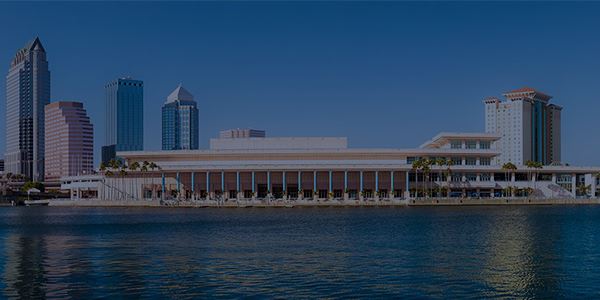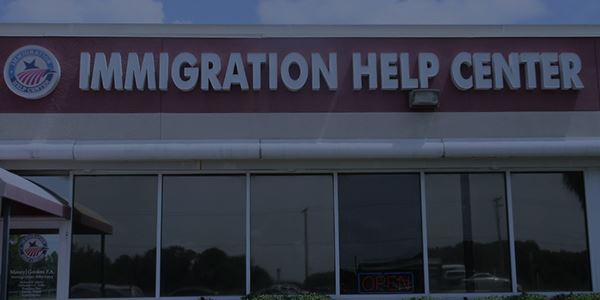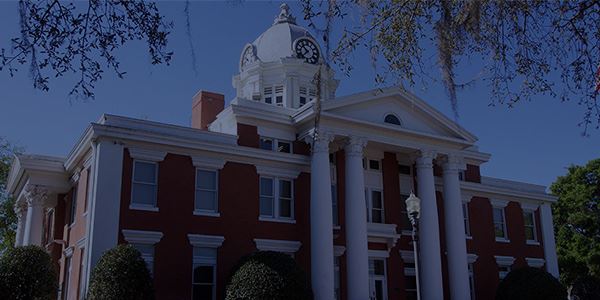In today's global economy, multinational companies must often transfer their key employees between international locations. The L-1 visa category is designed to facilitate these intracompany transfers, allowing businesses to bring their most talented individuals to work in their U.S. offices. This article will discuss the L-1 visa, its eligibility criteria, the application process, and potential challenges that may arise.
Understanding the L-1 Visa
The L-1 visa is a nonimmigrant visa that permits foreign workers in managerial, executive, or specialized knowledge roles to relocate to the company's U.S. office after working at the company's foreign office for at least one continuous year within the preceding three years. The L-1 visa is instrumental in allowing multinational corporations to develop management and executive level employees for international business and to bring those employees with 'specialized knowledge' to assist in U.S. operations.
Eligibility Criteria
For a successful L-1 visa application, the employer and employee must meet certain criteria. The employer is required to have a legitimate connection with a foreign corporation, which could be in the form of a parent company, branch, subsidiary, or affiliate. Furthermore, the employer must be, or will be, doing business as an employer in the U.S. and at least one other country directly or through a qualifying organization for the duration of the beneficiary's stay in the U.S. as an L-1.
The employee is typically required to have a one-year continuous employment record with an eligible foreign organization within the three years leading up to their entry into the U.S. Additionally, their purpose for entering the U.S. should be to render services in a managerial or executive role for either a branch of their current employer or one of its qualifying entities.
The Application Process
The process begins when the U.S. employer files Form I-129, Petition for Nonimmigrant Worker, with U.S. Citizenship and Immigration Services (USCIS). This form must include evidence of the qualifying relationship between the U.S. and the foreign employer.
Once the petition is approved, the employee can apply at a U.S. embassy or consulate for the L-1 visa. This involves completing Form DS-160, Online Nonimmigrant Visa Application, paying the visa application fee, and attending a visa interview.
Potential Challenges
Obtaining an L-1 visa is not without its challenges. The terms' managerial capacity,' 'executive capacity,' and 'specialized knowledge' are open to interpretation, leading to adjudication inconsistencies. The burden of proof lies on the petitioner to establish that the employee and employer meet all the requirements.
Additionally, the L-1 visa regulations are subject to change, and it's essential to stay up-to-date with the latest immigration laws and policies. Therefore, it's highly recommended to consult with an experienced immigration attorney when considering the L-1 visa category.
In conclusion, the L-1 visa is a vital tool for multinational companies seeking to transfer their key employees to the U.S. While the process can be complex, understanding the eligibility criteria, application process, and potential challenges can significantly enhance the chances of a successful application. That's why it's critical to work with an experienced immigration attorney if you are considering filing for this visa.
The Nationwide Immigration Attorneys at Maney | Gordon | Zeller, P.A.
Consulting with the nationwide immigration attorneys at Maney | Gordon | Zeller, P.A. can provide invaluable guidance and support, helping you successfully navigate this and any other visa process. Contact Maney | Gordon | Zeller, P.A. online or by phone so we can start working on your application. (800) 708-4399

.2308011540550.jpg)




